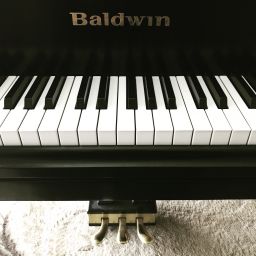At last week’s lessons I heard that comment at least once every day. The solution: a pencil.
The problems have been little things like the name of a note with several ledger lines or the fingering needed to get through a tricky passage. It only took a few moments at the lesson to figure things out. As I passed the student a pencil, I secretly smiled to myself and wondered why they tortured themselves for a whole week of practising.
An ordinary pencil is one my most useful practising and teaching tools. I even have a set of coloured pencils that I have assigned certain meanings. Sometimes I use the colours to help a young student decipher the black symbols on a white page of music. Other times I use them to highlight dynamic markings. Their uses are creatively endless. And they all have erasers in case we change our minds.
If you’re the parent listening to practising at home, make sure your child has a pencil at the piano. When a student is learning a new piece, there should be a good deal of stopping and starting to figure things out. If they are repeating a stumble for an entire week, they are learning it with a mistake. When I see them at their next lesson, that neural pathway has already been formed and reinforced. I can’t undo it. The student must build a second neural pathway in the upcoming week. Amazingly, no matter how hard and long we work, the error learned in the first week has an annoying tendency to show up months later in performance. And then it really is a case of “I always have trouble there.”

